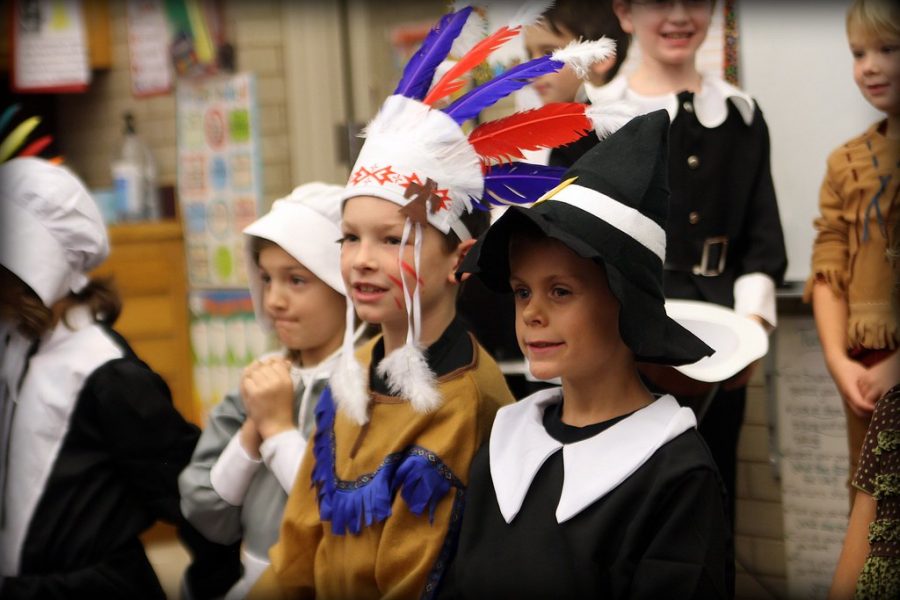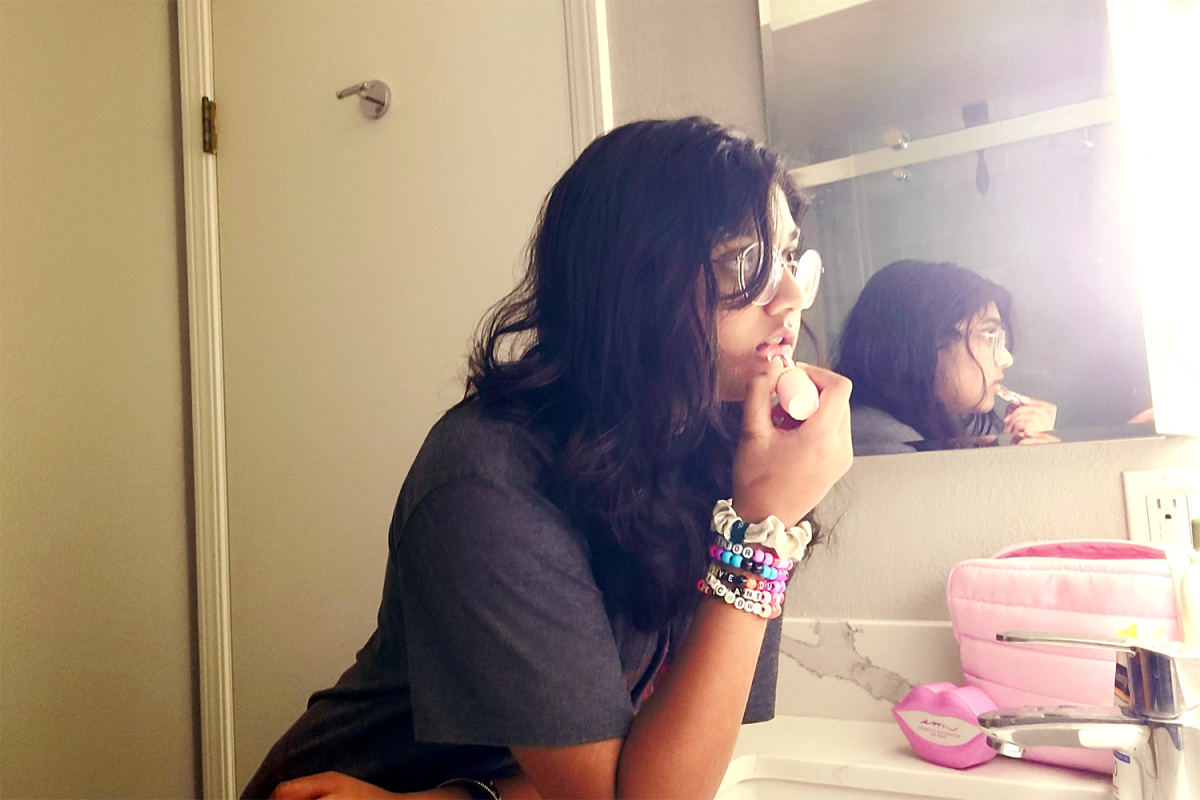For many, Thanksgiving is a holiday full of giving thanks, spending time with family, and devouring piles of food. However, for Indigenous communities, it’s a different story.
On Thanksgiving Day, instead of celebrating, they mourn the deaths of their ancestors that were brought upon by European immigrants.
The Thanksgiving story that most elementary school teachers recite to their students is largely inaccurate. This story is typically followed by a reenactment of the first Thanksgiving feast, where students can choose between wearing paper headdresses supposedly symbolic of Native Americans or paper Capotains that are representative of pilgrims.
This scene is, for the most part, a false portrayal of the first Thanksgiving, and sugarcoats the actual interactions between the pilgrims and the natives.
Although there was indeed a feast held between pilgrims and Native Americans, the feast was nowhere as peaceful and friendly as we, as elementary schoolers, were told.
When Europeans first landed in present-day Massachusetts in 1620, they quickly realized that the harsh Massachusetts winters were unlike anything they had experienced before and began to struggle. Amidst their difficulties, they turned to the Natives for help.
According to the Pittsburgh Post-Gazette, the Wampanoag tribe, which the pilgrims came in close contact with, taught the pilgrims how to prepare meat and fish, grow a variety of crops, make use of the land’s natural resources, and strategically navigate the area.
In 1621, there was a three-day feast held by the Pilgrims. Like the commonly recognized Thanksgiving story goes, Wampanoag tribe members also attended this feast. However, it was not the intention of the pilgrims to host the feast with the Wampanoag or other native tribes.
In reality, previously, the Wampanoag leader, Ousamequin, and the European settlers had formed an alliance. Part of the alliance was an agreement to come to the other party’s aid when they were facing danger; a mutual defense pact was agreed on.
On the day of the feast, members of the Wampanoag rushed to the site of the feast when they heard the sound of celebratory gunshots that were fired to indicate the start of the feast. They had thought these gunshots were the first sounds of an attack on the pilgrims.
After the pilgrims provided clarification, the natives decided to stay for the three-day feast to celebrate with the pilgrims. This feast did not settle and prejudices or differences between the pilgrims and the natives. Contrary to popular belief, this was not the start of any long-standing tradition between the settlers and the Wampanoag tribe either.
A little over a decade later, a celebration was held in 1637 to commemorate the massacre of 700 Pequot people by colonist volunteers. John Winthrop, a Massachusetts Colony Governor, had designated the day as a day of giving thanks in response to the colonists’ victory.
In the subsequent years, the Pilgrims continued to hold festivities by praying, fasting, and celebrating the mass murder of Native American tribes.
A holiday to carry on similar traditions was made official in 1863 by President Abraham Lincoln. Lincoln had dubbed this holiday “Thanksgiving” and encouraged citizens to express their gratitude for what they had on the last Thursday of every November.
For 150 years, designating this holiday as a day of giving thanks has allowed many to reflect on their lives and convey appreciation to their loved ones. However, as a result, over 400 years of Native American bloodshed, history, and culture, have been lost in this idealized holiday. We must remember and reflect on these tragedies instead of letting them fade into the background.























